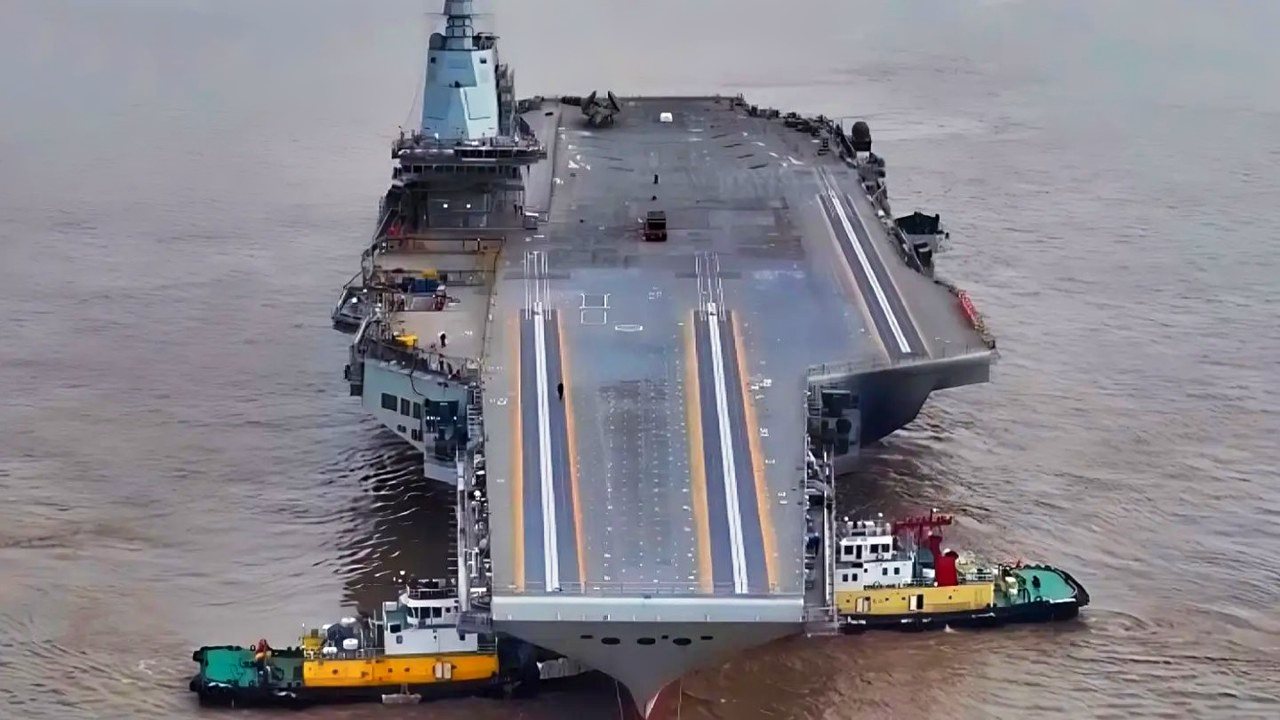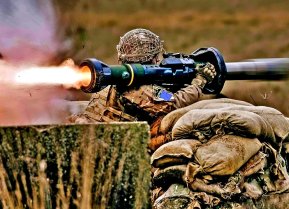The U.S. Navy's Railgun Nightmare Will Have Consequences
The railgun, a weapon concept dating back to World War I, uses electromagnetic force to launch projectiles at hypersonic speeds. Despite significant investments, both the U.S. and China face challenges in developing this technology.
Summary and Key Points: The railgun, a weapon concept dating back to World War I, uses electromagnetic force to launch projectiles at hypersonic speeds. Despite significant investments, both the U.S. and China face challenges in developing this technology.
-The U.S. Navy has largely ceased railgun funding after spending $500 million, citing power and durability issues.
-However, China continues to pursue railgun development, recently conducting tests using artificial intelligence.
-The technology's promise lies in its potential to fire non-explosive projectiles at immense speeds, but power generation and reliability remain significant hurdles, making its implementation on warships unrealistic at present.
Why Railguns Still Face Major Hurdles Despite Decades of Development
Since the concept of the railgun was first introduced during World War I, many nations have invested heavily in acquiring this linear motor device. Also referred to as a rail cannon, this weapon uses electromagnetic force to launch high-velocity projectiles. Over the years, emerging technologies and other advancements have led to real-world efforts to develop such a powerful platform.
However, many of these efforts have failed due to power and durability issues that even the most cutting-edge engineers have been unable to circumvent. The U.S. appears to be sidelining its rail gun efforts completely. The People’s Republic of China (PRC) is no closer to achieving the pursuit of this weapon, however, the plan is to continue to prioritize developing this field further.
China’s Ongoing Railgun Efforts
In May, a Naval Engineering University team in Beijing used artificial intelligence technology in its latest railgun endeavors. According to Chinese state-run media outlets, the People’s Liberation Army Navy (PLAN) tested an electromagnetic railgun by firing a smart bomb 15 km at a speed over Mach-5.0. Although the test launch was not deemed successful, it demonstrates Beijing’s continued pursuit of rail gun technology.

The U.S. has also invested heavily in acquiring rail gun capabilities in the past, even if related efforts have been essentially put on the back burner more recently. Over the last decade, analysts estimate that the Navy has allocated upwards of $500 million to its Electromagnetic Railgun (EMRG) program. In 2022, however, a U.S. Congressional Research Service report noted that the U.S. had ceased funding for its railgun project but that the Navy still hoped the weapon could be potentially valuable for missile defense down the line.
How Railgun Tech Works
Since the overall objective of such a program would be the ability to fire projectiles at hypersonic speeds, they would not even need to contain explosives in order to inflict damage on targets.
Nearly two decades ago, the Pentagon tasked BAE Systems and General Atomics to develop a working railgun that would help steer onboard guns away from gunpowder-based propulsion to electric propulsion.
As detailed by Popular Mechanics, “Unlike traditional naval guns that ignite gunpowder or some other powder charge to send a projectile down a tube, railguns don’t rely on explosions. This means the railgun could fling a projectile faster and farther without storing dangerous and bulky powder charges, and the guns weren’t subjected to the extremely high pressures involved in a powder explosion. Power would be generated by a ship’s integrated power system, which is designed to generate, store, and release huge amounts of electricity.”
While in theory, the rail gun concept could provide a huge asset to a Navy’s armament capabilities, several technical issues have prevented it from coming to fruition. The overarching problem associated with this weapon is power itself. Acquiring enough power to actually launch such a projectile in a controlled and reliable manner is simply not a realistic endeavor for a warship.
About the Author: Maya Carlin, Defense Expert
Maya Carlin, National Security Writer with The National Interest, is an analyst with the Center for Security Policy and a former Anna Sobol Levy Fellow at IDC Herzliya in Israel. She has by-lines in many publications, including The National Interest, Jerusalem Post, and Times of Israel. You can follow her on Twitter: @MayaCarlin.
Image Credit: Creative Commons and/or Shutterstock.


